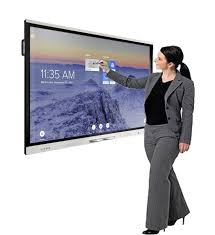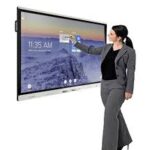Ways Interactive Smartboards Are Transforming Education in Kenya
Kenya’s education sector is rapidly evolving — moving beyond chalkboards and printed charts to embrace digital tools that foster collaboration, creativity, and engagement. One of the most impactful innovations leading this change is the Interactive Smartboard. No longer reserved for elite institutions, these powerful tools are now empowering both rural and urban learning environments.
How Smartboards Are Reshaping the Classroom Experience in Kenya
Interactive smartboards are transforming the way students and teachers engage in classrooms across Kenya. Here’s how they are making learning more impactful and inclusive.
1. Learning Becomes More Visual and Engaging
Smartboards allow teachers to explain complex topics using animations, videos, live diagrams, and drawing tools. A science topic like the solar system is no longer abstract — it becomes something students can see, move, and interact with.
2. Encourages Participation and Collaboration
Instead of passive note-taking, students now come to the front to solve problems, annotate content, or take part in quizzes. This boosts confidence, teamwork, and memory retention.
3. Supports Inclusive Learning
Smartboards adapt to different learning styles — visual, auditory, and kinesthetic — and also support learners with disabilities by offering text-to-speech, screen magnification, and touch-based interaction.
4. Enables Remote and Hybrid Learning
Smartboards integrate with platforms like Zoom, Google Classroom, and Microsoft Teams — allowing students at home to follow live lessons or recorded sessions seamlessly.
5. Reduces Long-Term Costs
With digital textbooks, reusable content, and cloud storage, schools save on printing, paper charts, and physical teaching materials over time.



